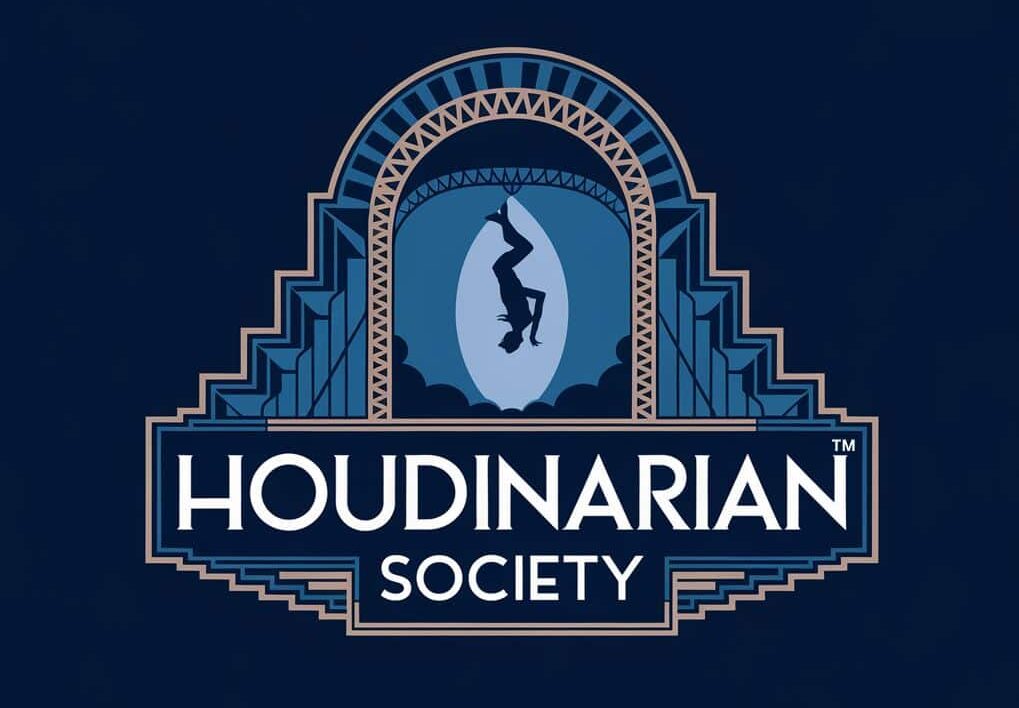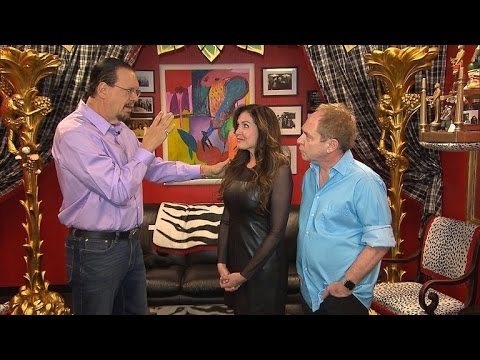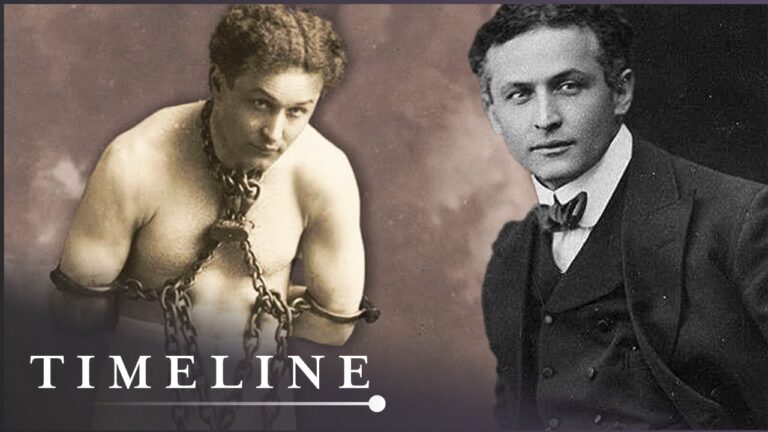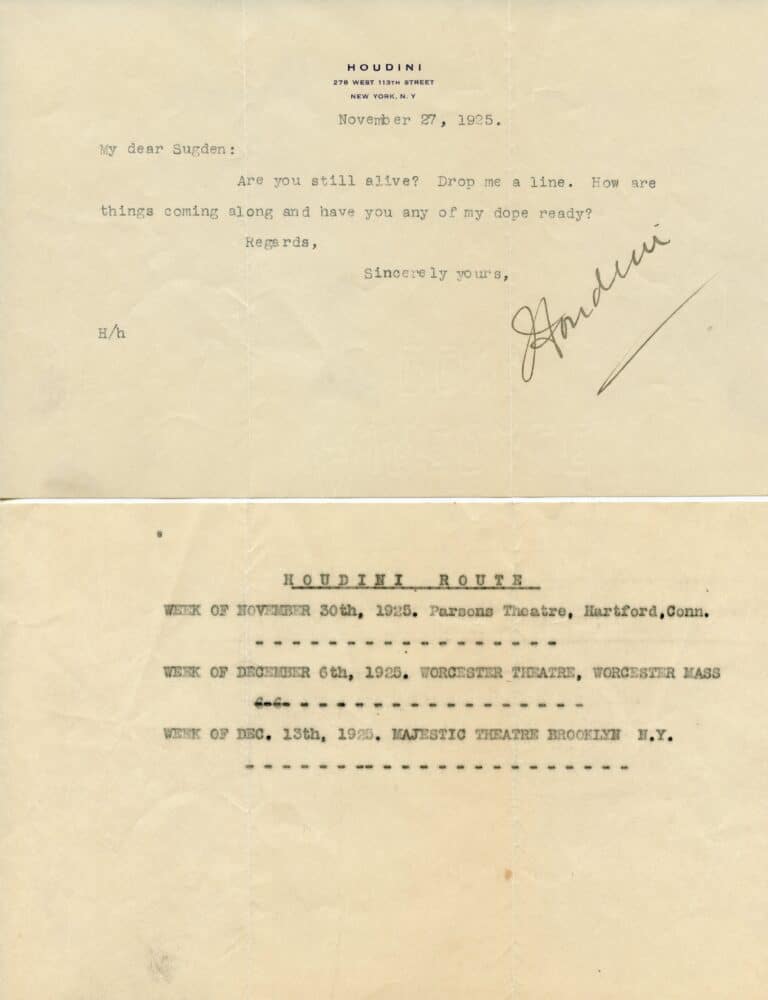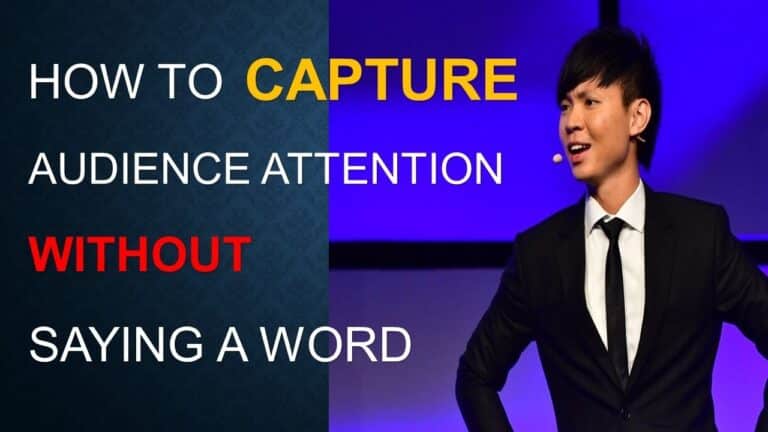The Role of Magic in Ancient Rituals: Spirituality and Entertainment Intertwined
Magic shaped the daily lives of ancient peoples in ways that went far beyond simple entertainment.
Ancient cultures used magical practices and rituals to seek divine protection, ensure good harvests, and maintain social order. These practices were deeply woven into the fabric of religion, politics, and community life.
When you look at ancient societies, you’ll find that magic was inseparable from religious worship. Priests and priestesses performed sacred ceremonies while ordinary people carried amulets and charms for protection.
Ancient rulers used magical rituals to demonstrate their divine right to lead and keep their populations in check.
Magical ceremonies for fertility and harvest helped communities feel a sense of control over their uncertain world. You can see this in how ancient Egyptians, Greeks, and Romans all developed complex systems mixing magic with their religious beliefs and daily activities.
The Origins Of Ceremonial Magic

Magic played a central role in how ancient civilizations made sense of their world and connected with divine forces. Sacred rituals helped bridge the gap between earthly existence and supernatural realms.
Early Civilizations And Their Rituals
In ancient Egypt, magic known as heka formed the foundation of religious practice and daily life. Priests used elaborate ceremonies to maintain cosmic order.
The Mesopotamians developed complex magical systems involving incantations, offerings, and precise ritual timing. You can see this reflected in their detailed clay tablets describing ceremonial procedures.
Ancient rulers used magic to legitimize their power and maintain social control. Royal ceremonies reinforced their divine right to rule.
The Role Of Shamanism And Spiritual Leaders
Shamans served as intermediaries between the physical and spirit worlds. They used rhythmic drumming, dance, and sacred plants to enter altered states of consciousness.
These spiritual leaders developed specialized knowledge passed down through initiation rites. Their ceremonies helped heal the sick and guide souls to the afterlife.
Shamanic traditions emphasized direct spiritual experience through ritual. You would seek their guidance for everything from hunting success to treating illness.
Magic As A Means Of Communicating With The Divine
Sacred ceremonies created a structured way to petition gods and spirits. Precise ritual actions, offerings, and spoken words were believed to attract divine attention.
Priests and priestesses performed carefully prescribed rituals to honor deities and ensure community well-being. The timing of ceremonies often aligned with celestial events.
Magic provided a framework for understanding and influencing supernatural forces. Through ritual, you could seek divine favor, protection, and guidance in your daily life.
Magic In Ancient Religious Practices

Ancient civilizations viewed magic as an essential part of their spiritual practices. Sacred rituals blended supernatural beliefs with theatrical elements to connect worshippers to divine forces.
Egyptian Rituals And The Use Of Illusions
The priests in ancient Egypt performed magical ceremonies that combined religious devotion with clever illusions. You would see temple priests use hidden mechanisms and acoustic tricks to make statues appear to move or speak.
Sacred texts like the Book of the Dead contained magical spells and incantations. These spells helped guide souls through the afterlife.
Amulets and talismans played a vital role in Egyptian magic. You would wear these objects for protection against evil spirits and to gain the favor of specific gods.
Mesopotamian Ceremonies And Magical Elements
Magic served a serious role in Mesopotamian society, where priests called Magi conducted elaborate ceremonies. You would encounter these ritual specialists using incantations, herbs, and specially crafted objects.
The temples housed magical ceremonies that aimed to please the gods. Priests performed purification rites using water, fire, and incense.
Divination through reading omens became a crucial magical practice. You could seek guidance about the future through carefully observed natural phenomena.
Greek And Roman Integration Of Magic In Worship
Greek mysticism created a fluid tradition where magic and religion merged seamlessly. You would find magical elements in both private worship and public ceremonies.
Mystery cults incorporated magical practices into their secret rituals. These groups promised spiritual transformation through magical initiations.
Romans adopted and adapted Greek magical traditions. You could visit temples where priests used apotropaic rites to ward off evil spirits.
Temple offerings often included magical components like special herbs or inscribed tablets. These items helped strengthen the connection between worshippers and their chosen deities.
Transition From Sacred To Secular: The Evolution Of Magic

Magic transformed from a sacred practice tied to religious beliefs into a form of entertainment and spectacle that captivated audiences worldwide. This shift marked a crucial turning point in how people viewed and experienced magical performances.
The Decline Of Religious Authority And Rise Of Secularism
The evolution of magic and religion took a dramatic turn during the Age of Enlightenment. As scientific understanding grew, traditional religious authority weakened.
You can trace this change through the way people began to view magical practices. What was once seen as divine intervention became recognized as skillful performance and clever deception.
Religious leaders lost their monopoly on magical explanations. The public began to seek rational explanations for phenomena previously attributed to supernatural forces.
Early Forms Of Public Magic Performances
Street performers in medieval marketplaces marked the beginning of magic as entertainment. These early magicians combined elements of ancient mystical practices with sleight-of-hand techniques.
Popular acts included:
- Cup and ball routines
- Rope tricks
- Simple illusions with everyday objects
Your exposure to magic changed from religious ceremonies to public shows where entertainment value took center stage.
The Influence Of Traveling Magicians And Entertainers
Wandering performers spread new magic techniques across regions and cultures. Each area added its own flavors and innovations to the growing art form.
These traveling shows introduced:
- Advanced sleight of hand
- Mechanical illusions
- Theatrical presentations
You could now witness magic as pure entertainment, completely separate from its ancient religious roots. Performers developed signature tricks and built reputations based on technical skill rather than claims of supernatural power.
Houdini’s Era: Bridging Ancient Rituals And Modern Entertainment
The transformation of magic from religious ritual to popular entertainment reached its peak in the early 20th century. Magic shifted from mystical ceremonies to theater stages, with one performer leading this evolution.
Houdini’s Background And Introduction To Magic
Harry Houdini’s real name was Erich Weiss, and his stage name paid tribute to the great French magician Robert-Houdin. This choice reflected his deep respect for magic’s history.
As a young performer, you would have seen Houdini start with traditional card tricks and sleight of hand. His early career included performing in dime museums and circus sideshows.
His breakthrough came when he realized audiences wanted more than simple tricks – they craved genuine drama and danger. This insight pushed him to develop his famous escape acts.
Houdini’s Innovations And Their Historical Roots
Like ancient Egyptian conjurers who performed the “Cup and Balls” trick, Houdini built upon traditional magical elements. He transformed them into grand spectacles.
His most innovative contribution was combining physical prowess with magical performance. The handcuff escapes, strait jacket breaks, and underwater feats merged athletics with illusion.
Houdini took inspiration from ancient ritual practices where priests appeared to break free from bonds. He modernized these concepts for theater audiences.
The Cultural Impact Of Houdini’s Performances
Houdini’s commitment to pushing boundaries changed how people viewed magic forever. His performances drew thousands, making magic a mainstream form of entertainment.
He brought skepticism to the spiritual movement, exposing fraudulent mediums. This stance helped separate theatrical magic from claims of supernatural powers.
Your modern magic shows still reflect Houdini’s influence. His emphasis on spectacle, danger, and showmanship created the template for contemporary magical entertainment.
Magic evolved from private parlor shows to massive theatrical productions because of his vision. His performances made magic accessible to everyone, not just elite audiences.
The Anthropological Significance Of Magic
Magical practices reveal deep insights into how societies understand their world and attempt to influence it. These practices shape cultural identities, power structures, and modern entertainment.
Magic As A Reflection Of Cultural Values
When you examine magical beliefs across different societies, you’ll find they mirror the core values and fears of those communities. Magical rituals and symbols represent ways people try to make sense of uncertainty and gain control over their environment.
Different cultures express magic through unique practices:
- Protection rituals guard against harm
- Fertility spells ensure abundant crops
- Healing ceremonies restore health
- Divination provides guidance
Your community’s magical traditions often reflect local resources, climate challenges, and social hierarchies. These beliefs pass down through generations, strengthening cultural bonds.
The Role Of Magic In Social And Political Contexts
Ancient rulers wielded magic as a powerful tool for maintaining authority. You can see this particularly in ancient Mesopotamia and Egypt, where magical practices reinforced political power.
Magic created social order through:
- Public rituals that united communities
- Sacred spaces that marked political boundaries
- Magical specialists who advised leaders
Women played crucial roles as practitioners, often serving as intermediaries between spiritual and earthly realms.
Magic’s Influence On Modern Spirituality And Entertainment
Your exposure to magic today comes through both spiritual practices and popular media. Modern interpretations of magic blend ancient traditions with new forms of expression.
Magic appears in contemporary life through:
- Stage illusions and performance art
- Fantasy literature and films
- Neo-pagan religious movements
- Self-help visualization techniques
These modern forms maintain key elements of traditional magic: symbolism, ritual, and the desire to influence events through supernatural means.
You can find traces of ancient magical practices in many current entertainment forms. For example, you can see them in fortune-telling apps and fantasy role-playing games.
